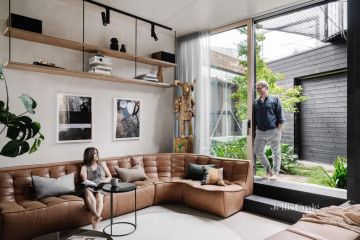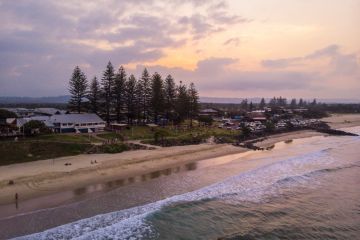Remote buying on the rise as investors turn to regional areas
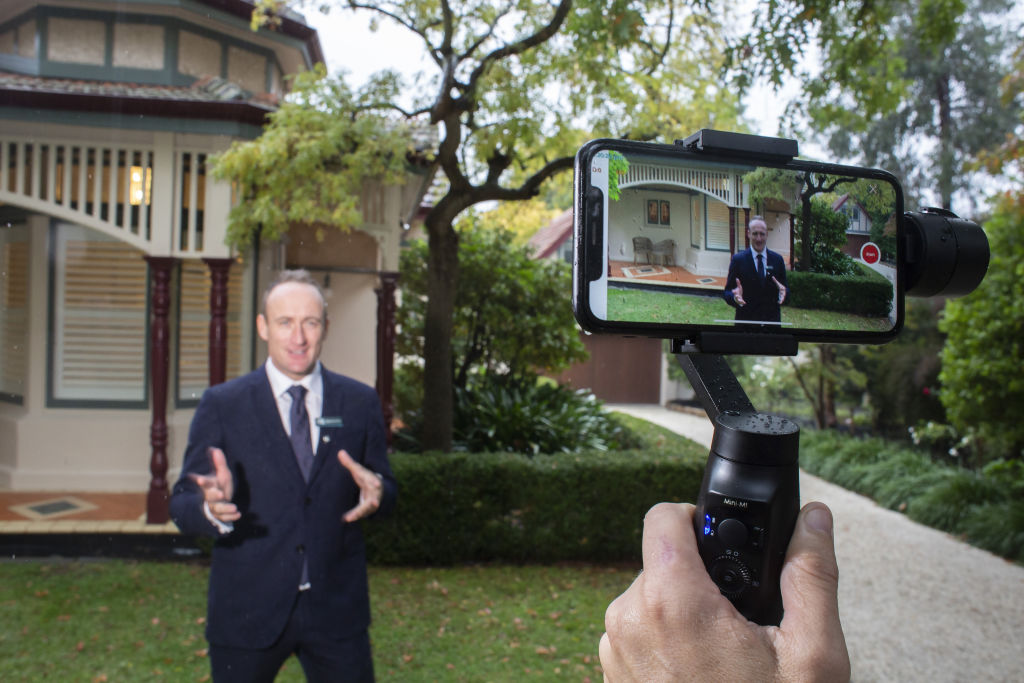
Lockdowns, border closures and travel restrictions aren’t stopping Australians from browsing and investing in the property market.
Agents confirm that purchasers are buying property despite lockdowns and travel restrictions, with auction clearance rates holding reasonably steady across the country.
Recent research reveals that some investors have taken to purchasing properties an average distance of nearly 300 kilometres away in the past year.
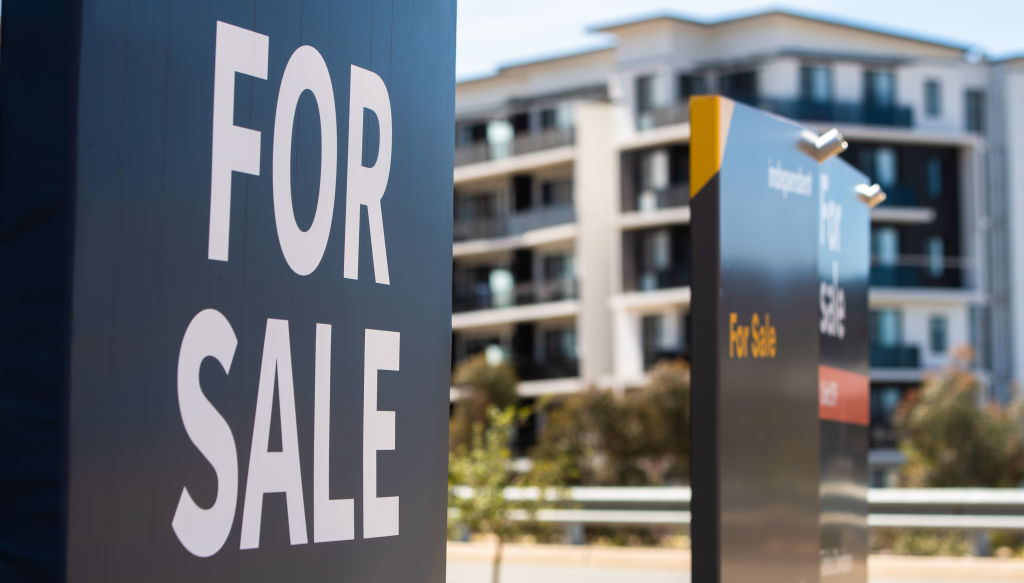
The survey by MCG Quantity Surveyors analysed the details of 1000 clients who had commissioned depreciation reports in the year to May 2020, which revealed a picture of investor buying habits. It found that just 6.9 per cent of Australian-based investors bought within their home suburb.
MCG managing director Mike Mortlock says the idea of wandering too far from your “locality of comfort” had frightened investors in the past.
However, investors have never been better educated about the best locations to invest, with detailed data online and independent professionals like buyer’s agents at their fingertips. “This has made it a cinch to buy in national hotspots, regardless of where you reside,” he says.
The average distance between investors and their investment properties will only continue to increase in response to the coronavirus crisis, as investors set aside the familiarity of their home turf to seek out neighbourhoods in other states that might offer a better deal, Mortlock says.
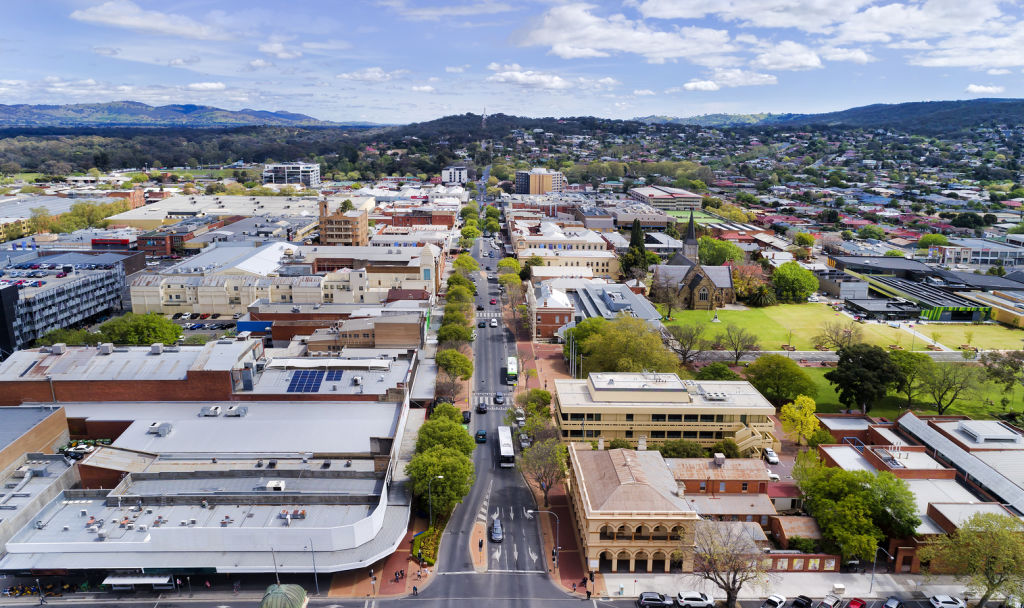
“Regional localities and smaller cities continue to gain appeal, and the ability to work from home will only boost their attraction, particularly in lifestyle hubs,” he says.
Real estate firms have had to adapt quickly, bolstering video and drone capabilities to conduct virtual inspections.
With offices in Brisbane and Melbourne, Lucra Real Estate is one of the many firms beefing up virtual tours, drone images and broader neighbourhood images to a growing number of listings.
Sales agent Kirk Simpson says: “The traditional Saturday open home run is no longer required as we encourage all our clients who sell their properties to include a virtual tour, and 90 per cent of investment properties are bought by interstate or overseas buyers based on the video and a building and pest inspection,” he says.
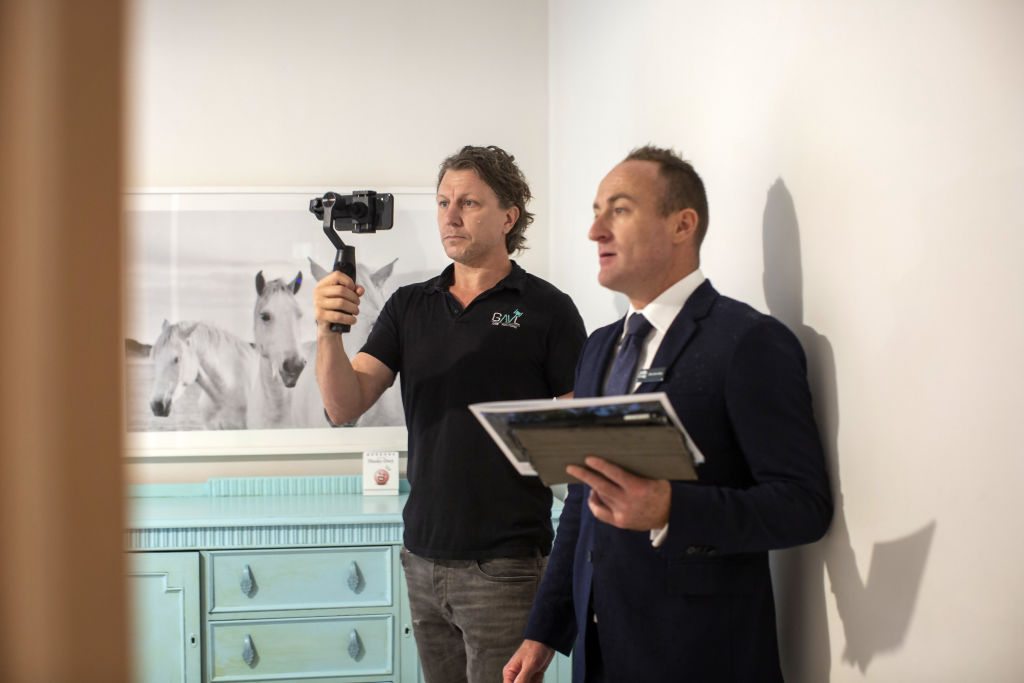
“The feedback from investors that we now receive is that they are time-poor and don’t have the energy to waste going from house to house looking for a good investment when they can see everything from the comfort of their own home,” Simpson says.
Real Estate Buyers Agents Association president Cate Bakos agrees. “This is a moment in time that has changed the way we buy property. Technologies around Verification of Identity [VOI] and online platforms around property settlements and contracts have revolutionised the buying process,” Bakos says.
A full-scale search, strategy, due diligence, negotiation and bidding service costs between $15,000 and $25,000, she says.
Bakos guided Sydney investor Jason Thompson through a property purchase in Melbourne in March in a move that took advantage of a slower and more cautious market. As Thompson couldn’t inspect the properties personally, Bakos took several videos for him.
While Thompson admits that investing sight unseen isn’t for the faint-hearted, it does take the emotion out of the process, making it easier to walk away if the price isn’t right. “I did my homework, and I’ve bought in areas where I’m confident that I’ll have capital growth,” Thompson says.
But experts warn that it’s easy to pay “tourist tax” when buying interstate without local knowledge.
The Property Curator’s Brendan Clark warns investors not to compare Sydney or Melbourne prices when investing in other parts of the country, saying it’s easy to over pay.
Investors should also not assume that what’s important in a capital city is important in other cities. Clark is based in Sydney, and helps investors purchase property in Brisbane.
“In one area of Brisbane that I buy in, having a property with a separate lock-up shed is very popular with tenants, and finding a property like this can help an investor secure a better rental return compared to properties that don’t have one,” he says.
“In Sydney, being close to public transport is an important consideration, however in cities such as Brisbane and Adelaide, proximity to a train station or bus route isn’t as important.”
Clarks advises investors to speak to property managers with current listings to find out what tenants in the local area value in a property. Hiring someone like a local building inspector who doesn’t have an incentive to present the property in a good light can also be wise, he adds.
Top tips for remote investing
- Engage a local valuer to give some comfort that you’re not paying too much.
- Understand what’s important to tenants in the local market.
- Don’t compare metropolitan prices with properties in regional areas.
- Engage a trusted local professional, like a buyer’s agent, to inspect the property on your behalf.
- Do your homework to understand the neighbourhood you’re buying in.
We recommend
States
Capital Cities
Capital Cities - Rentals
Popular Areas
Allhomes
More
